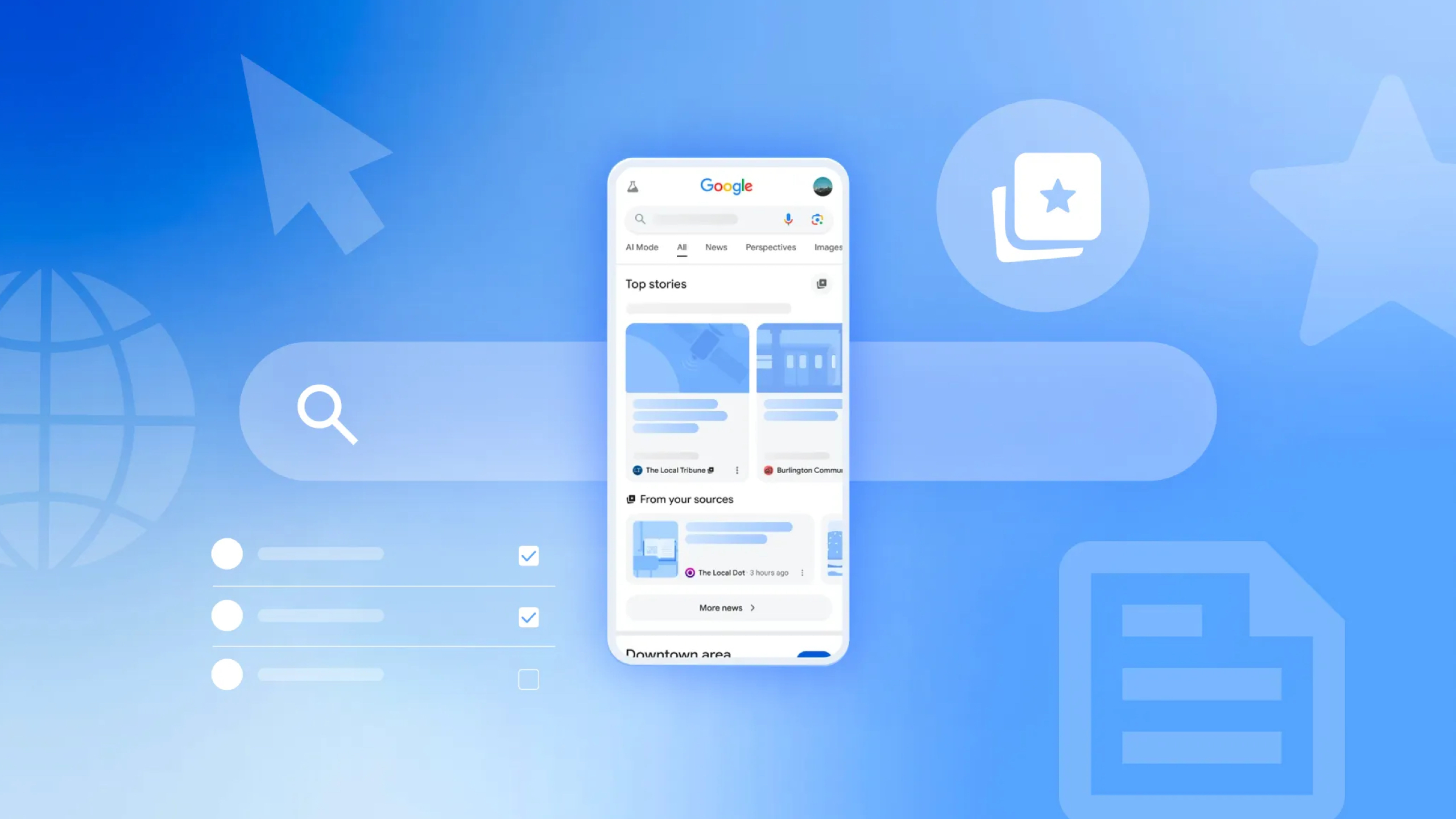Should you upgrade to the Google Pixel Watch 3?
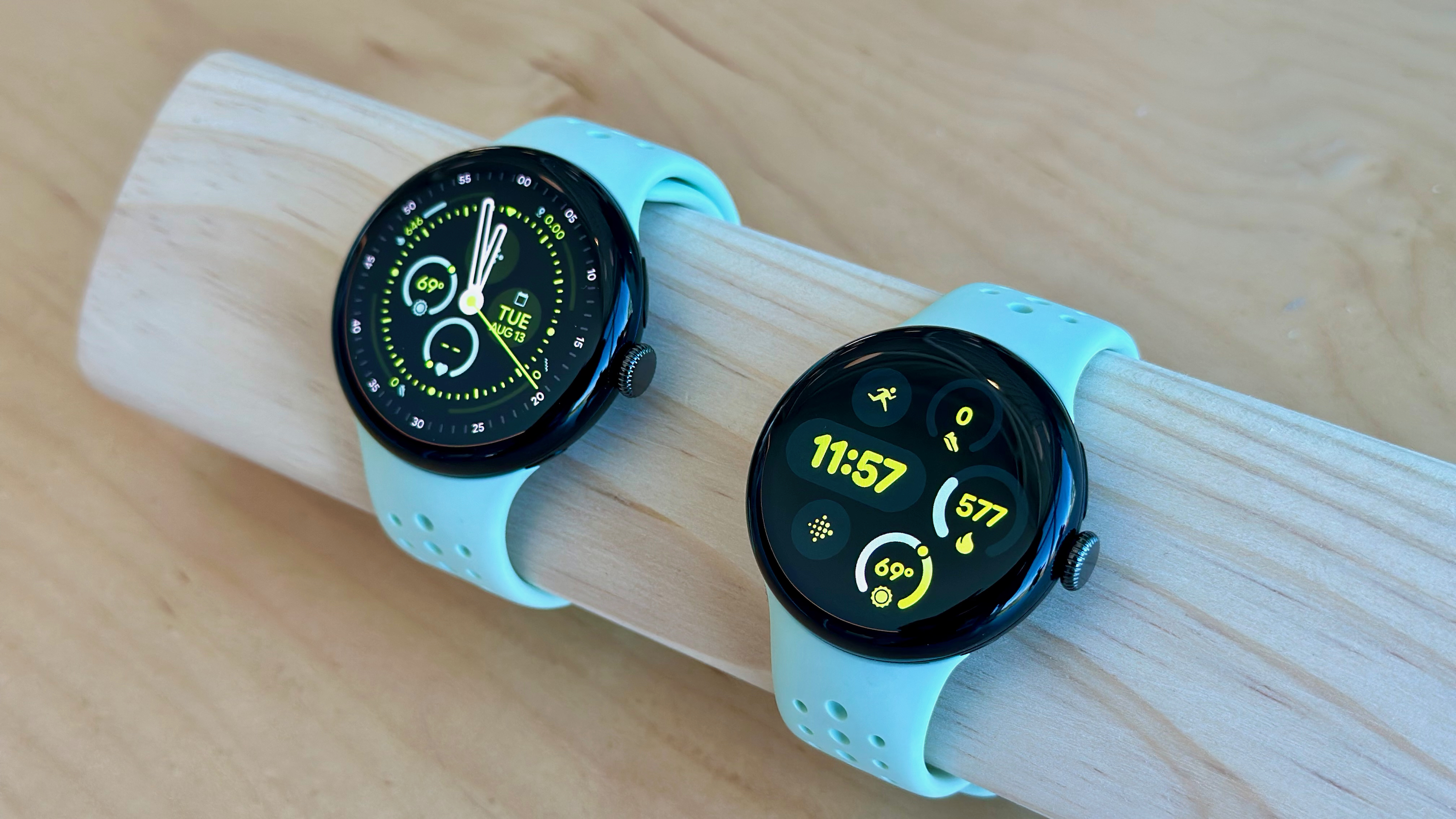
Although Samsung continues to dominate the Wear OS space, the Pixel Watch continues to be a breath of fresh air. With its latest release, Google's flagship wearable has become even more of a viable option, but does that mean you should upgrade to the Pixel Watch 3?
After Google purchased Fitbit, there were plenty of questions about when Google would release a non-Fitbit smartwatch. Some of those questions were answered when the original Pixel Watch launched alongside the Pixel 7 series. Despite the fact that we're now on our third iteration, there are still reasons for, and against, making the switch to the Pixel Watch 3.
Why you should upgrade to the Pixel Watch 3
Why you can trust Android Central
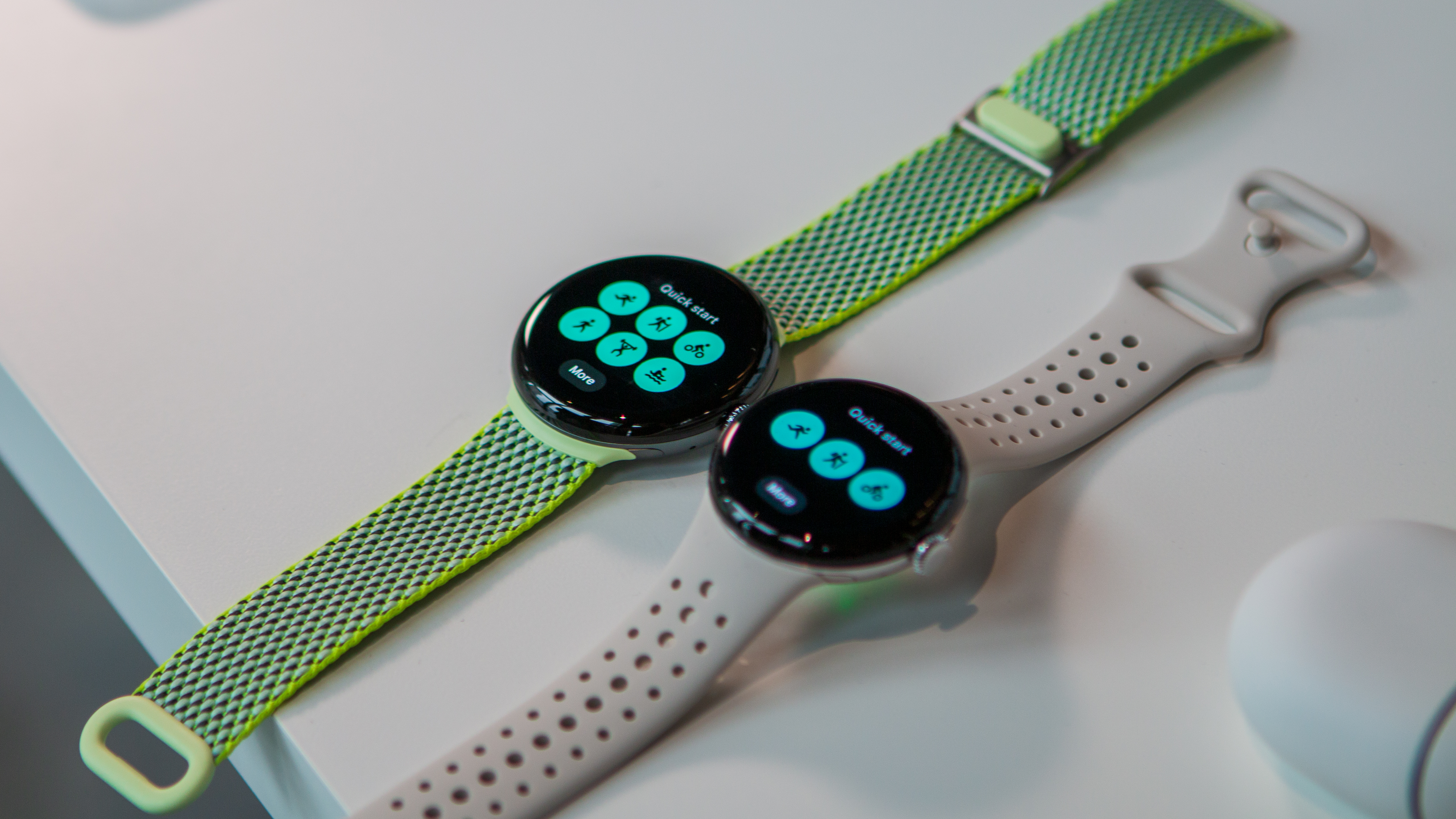
For those out there with big wrists, our wishes have been granted as there's finally a larger Pixel Watch to enjoy. The Pixel Watch 3 now comes in two sizes, with a 41mm and 45mm case size to choose from.
Not only that, but Google also slimmed down those chonky bezels from the previous two models. With this, even the 41mm version has a larger screen, sporting a 1.27-inch screen, up from the 1.2-inch screen of its predecessors. Meanwhile, the 45mm Pixel Watch 3 is equipped with a 1.4-inch display, all while keeping the same svelte design.
Google also seemingly went the "extra mile" for those who pick up the 45mm version. Wear OS has been fine-tuned to take advantage of the extra screen real estate, as some menus will have more options to choose from, or you'll just be able to see more content than the 41mm model.
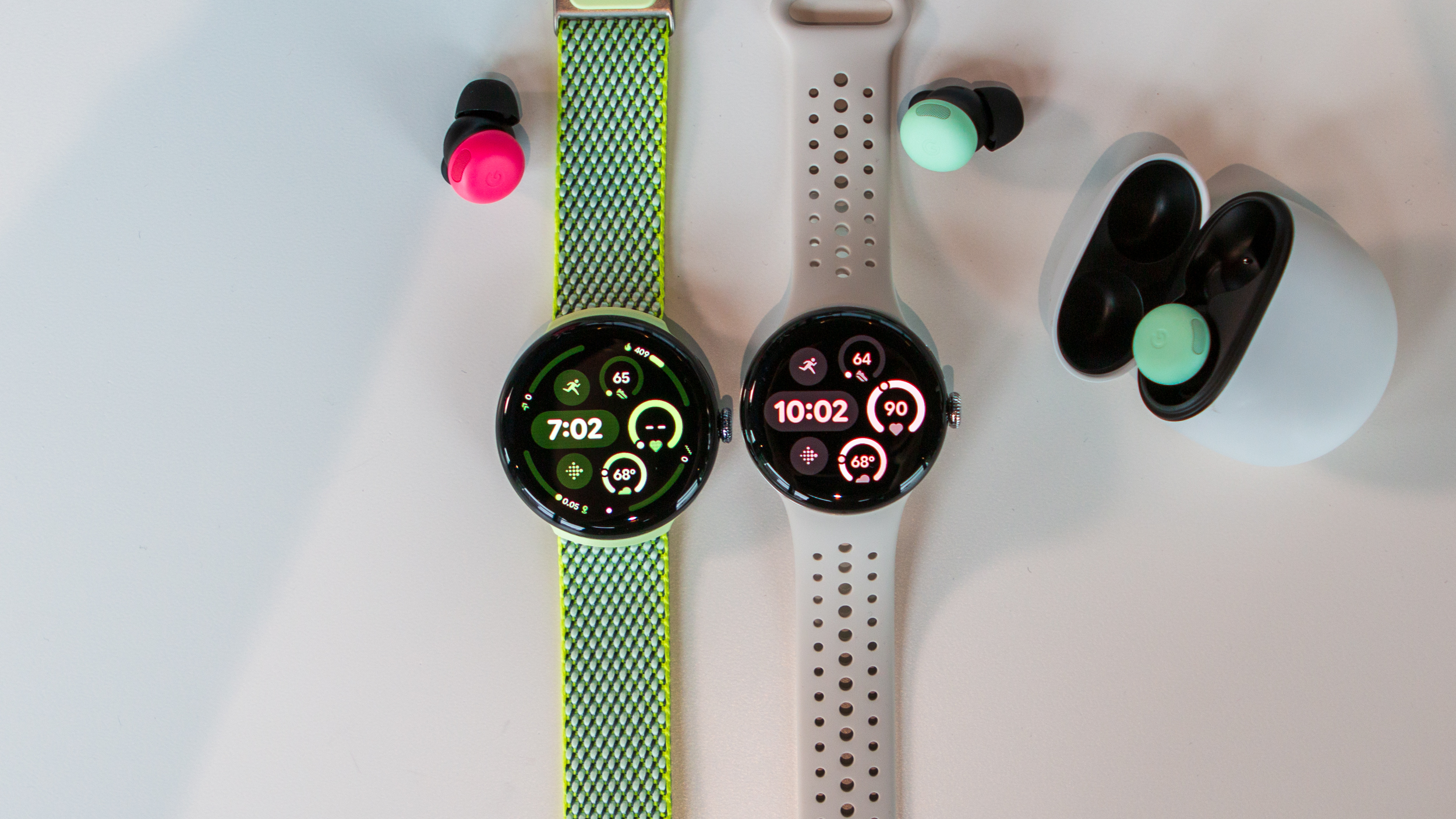
It shouldn't come as much of a surprise that the 45mm has a larger battery, but so does the 41mm option. Really, the only downside here is that no matter what size you get, both of these smartwatches are rated to last for up to 24 hours, which can be stretched to 36 hours with Battery Saver mode enabled.
While we would have liked to see the 45mm offer more battery than the smaller version, it's just a good thing to see longer battery life available over the Pixel Watch 2. Google also improved the charging speed for its latest wearable, as the 41mm model can go from 0-100% in about an hour. Meanwhile, Google estimates the 45mm version will take "about 80 minutes" to get a full charge.
Physical differences aside, Google is completely overhauling the Fitbit integration, as Google is seemingly setting its sights on Garmin. There are a lot of new features with the Pixel Watch 3 designed for runners. Not only can you build "custom runs," but you'll also receive "real-time guidance" to help you reach your goals.
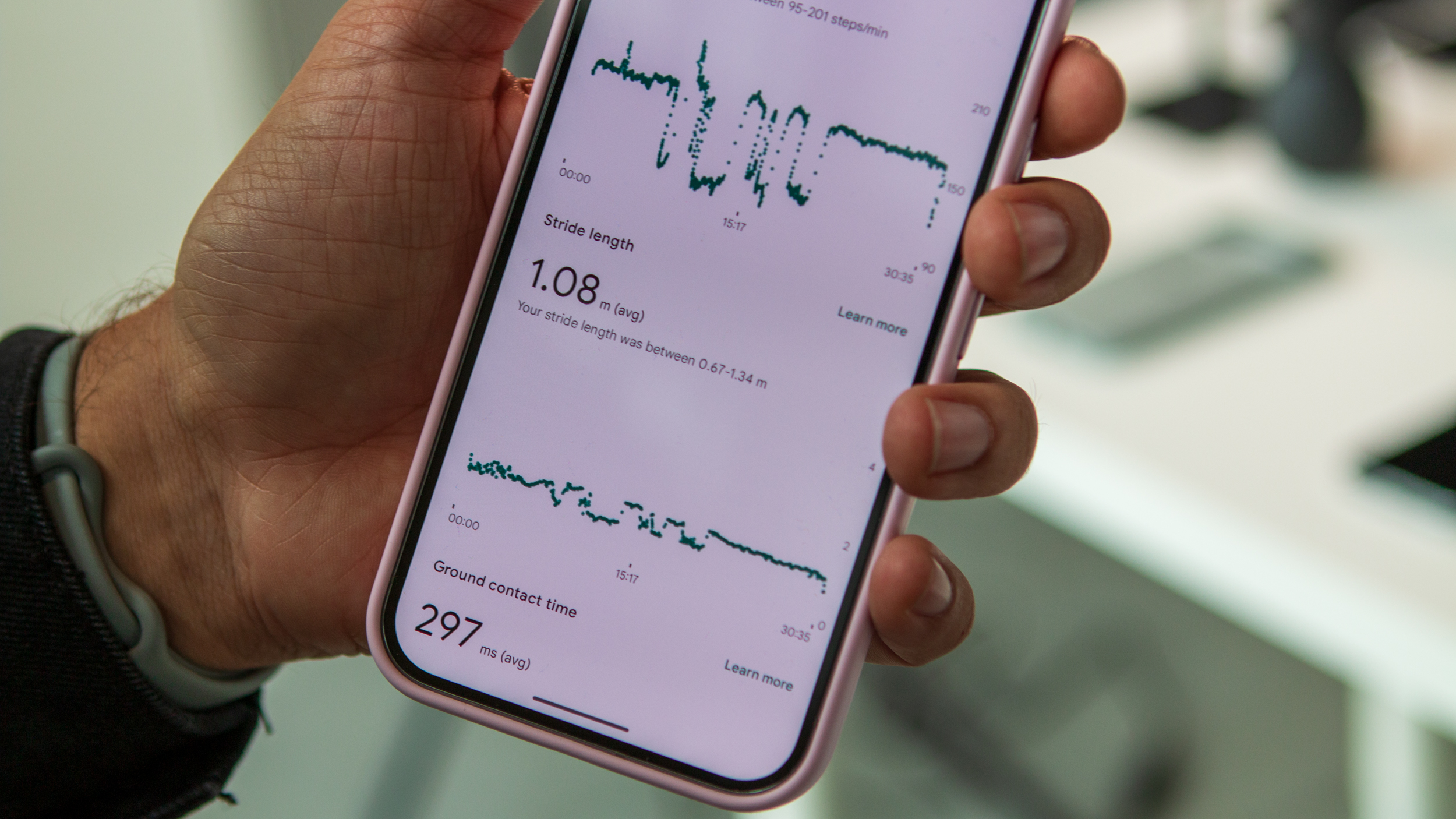
After using the Pixel Watch 3 for a few workouts, Google AI will be able to analyze running sessions and then provide personalized recommendations. This is great if you aren't really sure how to push yourself further, in the event that you're feeling kind of stagnant in your workouts.
Some of this is made possible with the implementation of "advanced motion sensing." With the Pixel Watch 3, you can get feedback on how to improve your running form, relying on measurements such as stride length, cadence, and more. Apparently, this is something that Fitbit owners have been asking for, and it's finally here with the Pixel Watch 3.
Why you shouldn't upgrade to the Pixel Watch 3
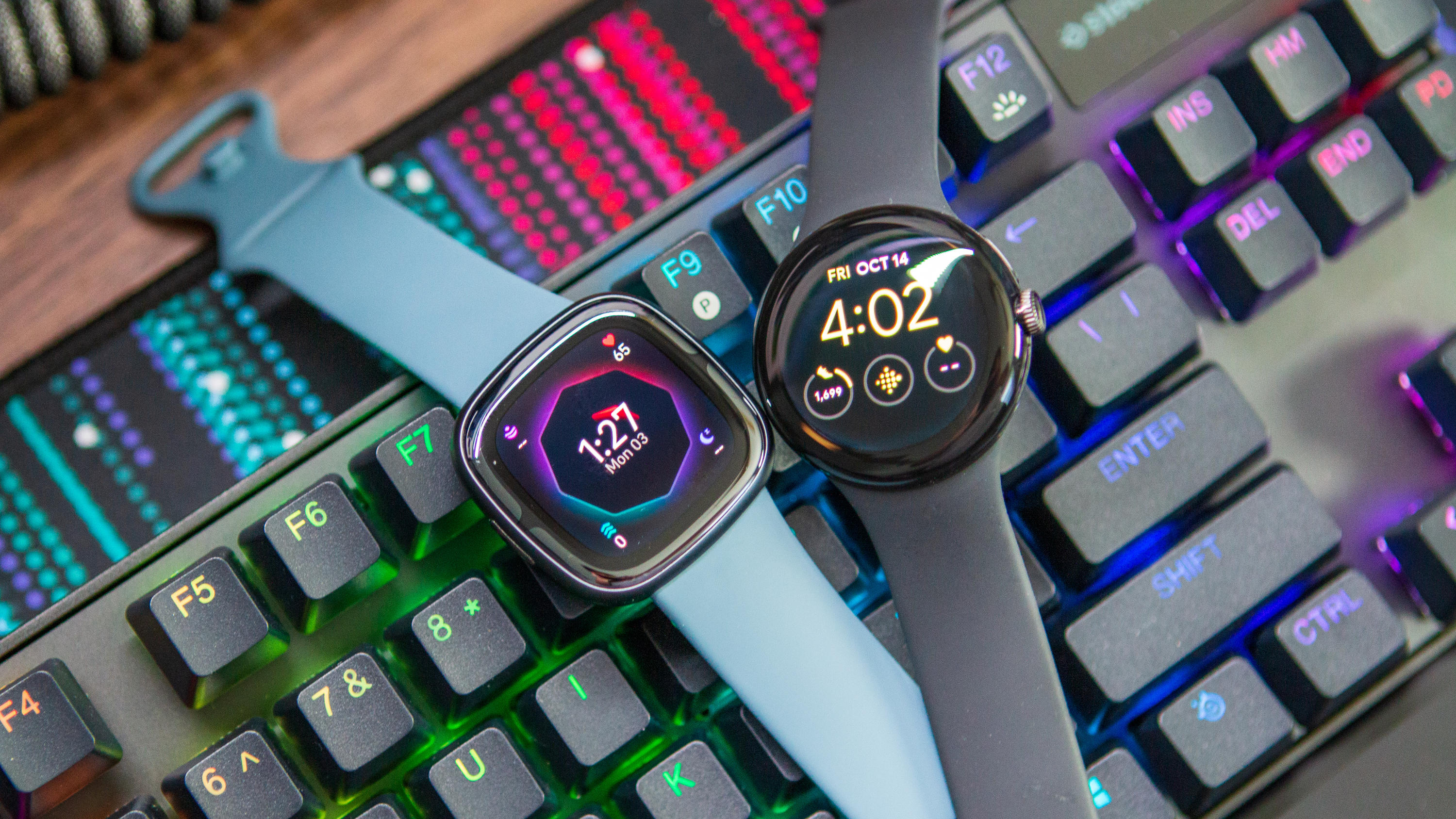
There's a lot to be excited about if you're looking to upgrade to the Pixel Watch 3, but there are a couple of key reasons why you might want to skip Google's latest smartwatch. Those who care more about specs won't be too happy to learn that there aren't very many "under the hood" improvements this time around.
Google is still relying on the Snapdragon W5 Gen 1 SoC, which has been around for more than two years at this point. On the bright side, you likely won't notice any performance limitations thanks to the continued inclusion of the Cortex M33 co-processor. Plus, the Pixel Watch 3 continues to provide 2GB of RAM and 32GB of onboard storage.
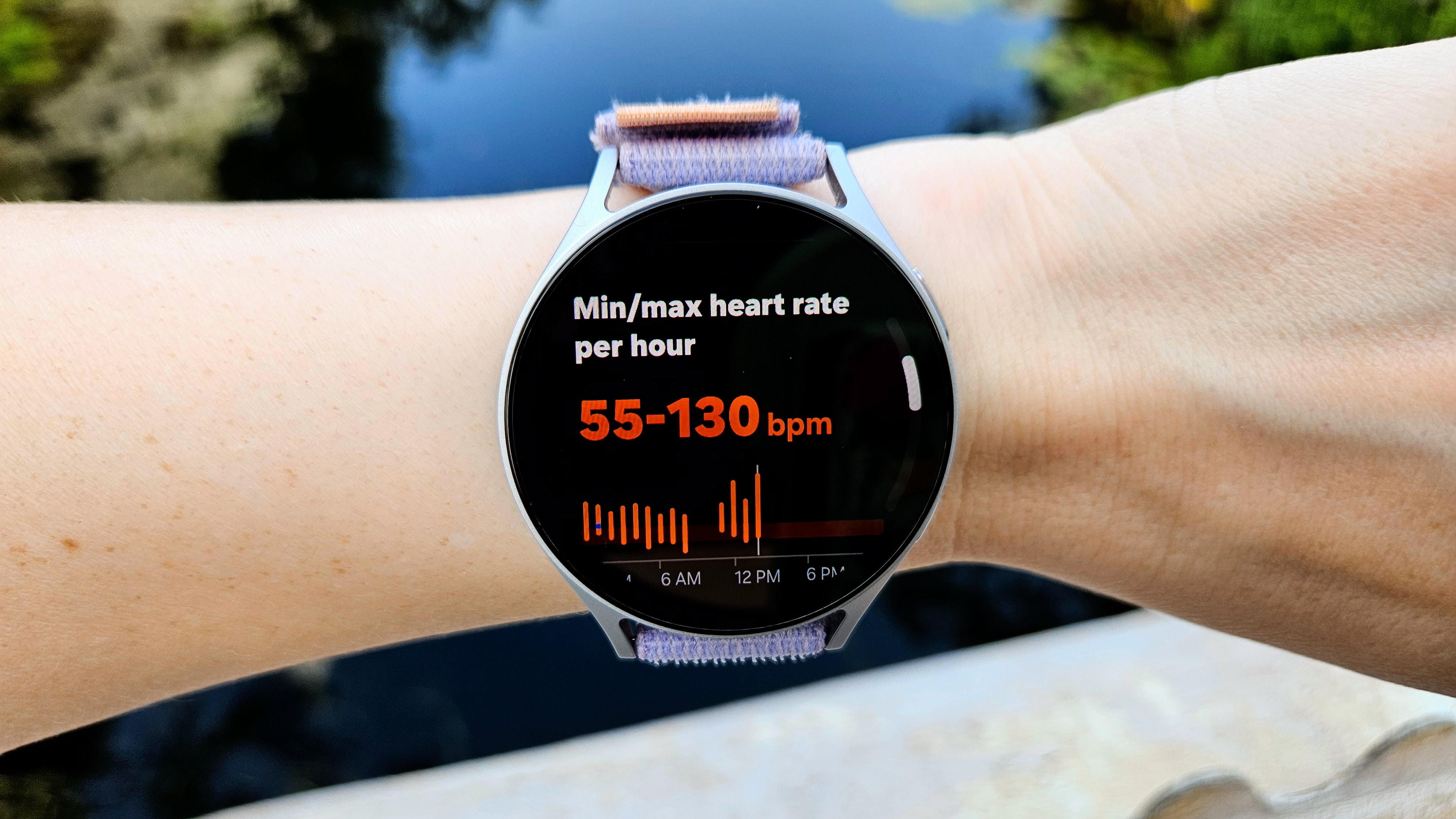
Although Qualcomm hasn't introduced a true successor to the W5 platform, we can't help but wonder about Google expanding its Tensor series into the smartwatch scene. The company has shown that it's willing to bring Tensor to other devices, as evidenced by the introduction of the Tensor A1 found in the Pixel Buds Pro 2.
This sentiment can be felt beyond just the performance of the Pixel Watch 3. Google is still using the same health tracking sensors that were introduced with the Fitbit Sense 2, back in September 2022. The Pixel Watch 3 marks the fourth device to include these sensors, starting with the Sense 2, and spanning across all three Pixel Watch generations.
On one hand, this might be seen as a benefit, as the included sensors are so good that they don't actually warrant an upgrade. However, it falls a bit short when considering that the Galaxy Watch 7 introduces the ability to track both snoring and alert you if there's a chance that you suffer from sleep apnea.
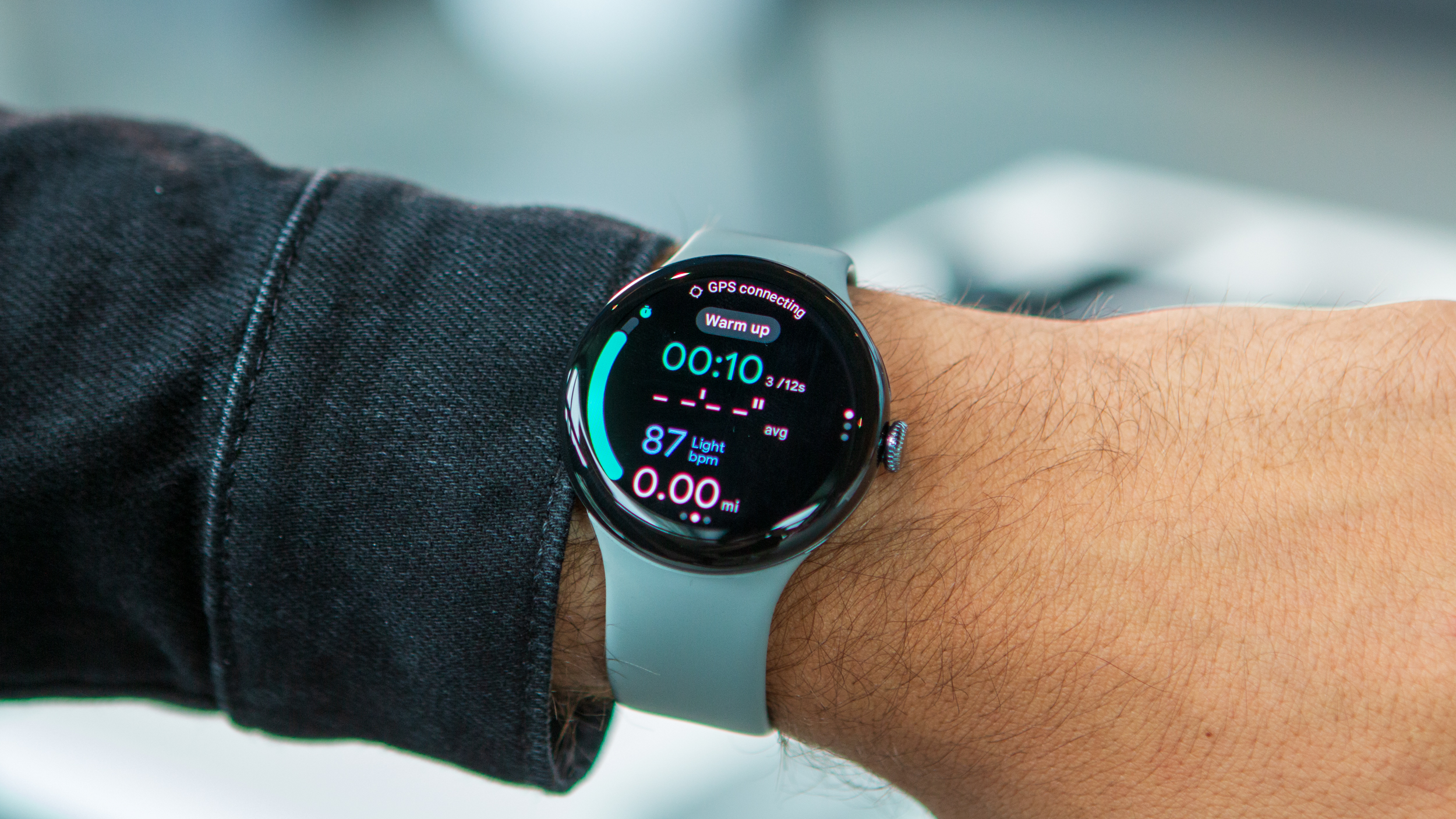
One of the more obvious reasons why you might want to skip the Pixel Watch 3 has to do with all of those helpful new running features. Simply put, if you're not a runner, plan to start running, or can't run, why would you care about your stride length or running posture?
Don't get me wrong, it's really impressive to see everything that Google is bringing to the table with the Watch 3. But, none of those fancy changes matter if you'll never take advantage of them.
So while Google is leaning heavily on machine learning and AI to provide its health tracking improvements, it's not exactly on the bleeding edge of innovation. Not to mention what potential changes the next Apple Watch might be introduced, which is rumored to be announced in the near future.
Get the latest news from Android Central, your trusted companion in the world of Android

Andrew Myrick is a Senior Editor at Android Central. He enjoys everything to do with technology, including tablets, smartphones, and everything in between. Perhaps his favorite past-time is collecting different headphones, even if they all end up in the same drawer.
